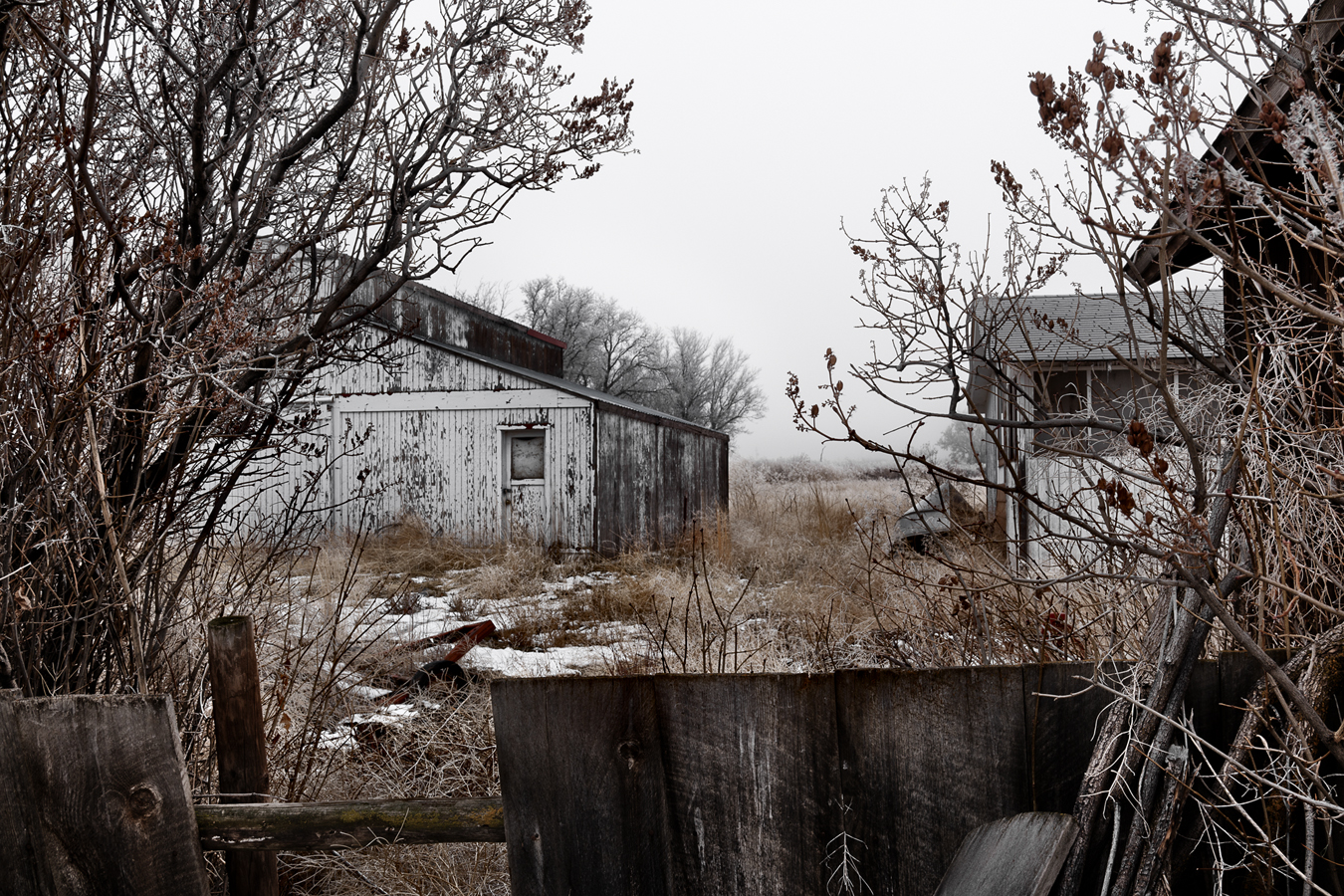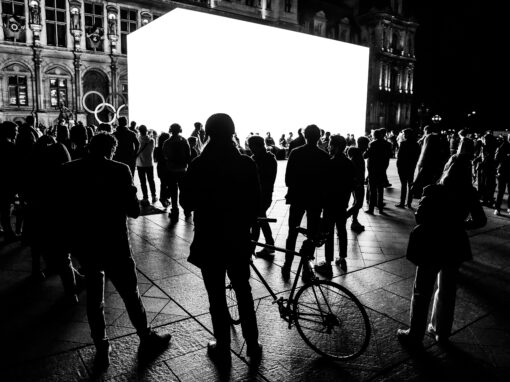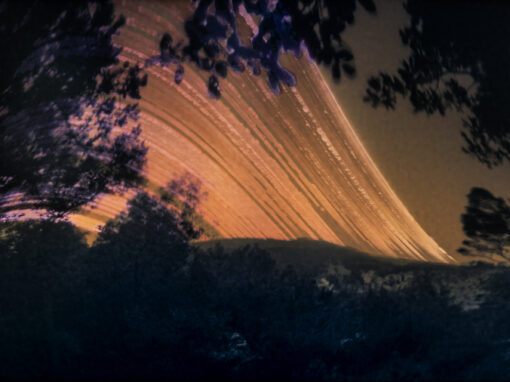Let me be clear from the very start.
I live on the border between Minnesota and North Dakota in the United States, on the northern plains, what used to be the tallgrass prairie. And although we have the full four seasons here, this region, my home, is defined by winter.
This region is defined by cold and snow and blizzards and wind. While tornadoes often leap from the springtime and summertime sky, and fall can be inspiring with its explosions of color, winter is the foundation here. Winter is the season that tests us. Winter is the season we own.
“Winter” by Bruce Haley
Published by Daylight Books, 2022
review by W. Scott Olsen
Perhaps because it has the potential to be lethal, or perhaps because it has within it the knowledge that this frozen world is encasing something about to erupt in springtime, the coldness and the quietness of winter get somehow core-deep in all of us. A walk on a winter’s evening is a stroll into your own psyche and soul. Live here long enough and you begin to realize that winter is a story, a descent and reemergence, and there is beauty in the tale.
I mention all this because I have on my desk a new book by Bruce Haley called “Winter,” which is elegant, remarkable, and true.
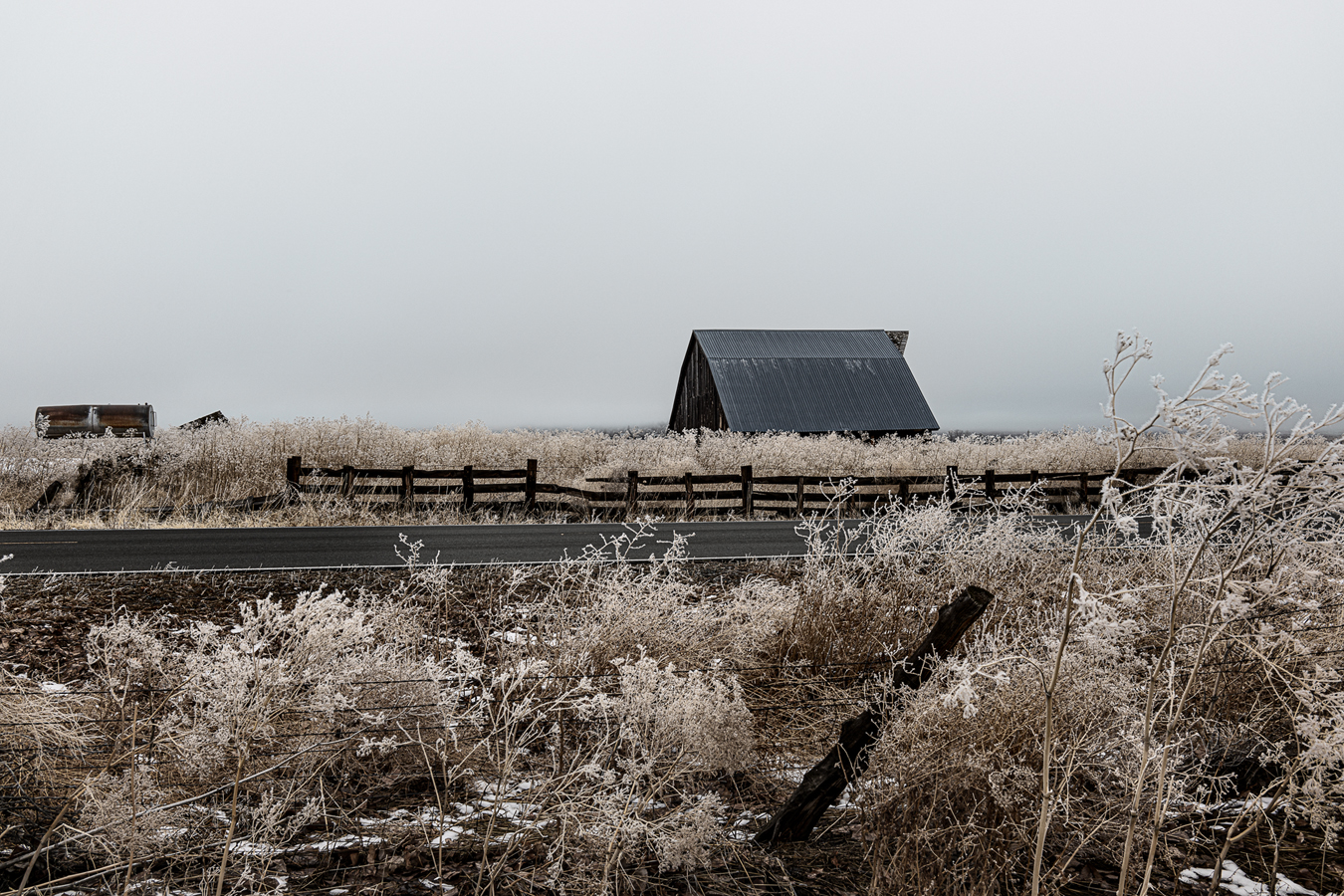
That last claim is the important one. This book is true.
In his short preface, Haley writes,
Often in winter, I think of those questions that came to Job from the whirlwind: From whose womb does the ice come forth, and who has given birth to the frost of heaven when the waters become hard as stone, when the surface of the deep is frozen?
…My ideal world is a perpetual cycle of autumn and winter, burnished gold followed by a canvas of white, over and over.
This book represents my fascination with the arc of winter and the wild variations of ice and snow found among both the man-altered landscapes and the untouched places of the region that I call home.
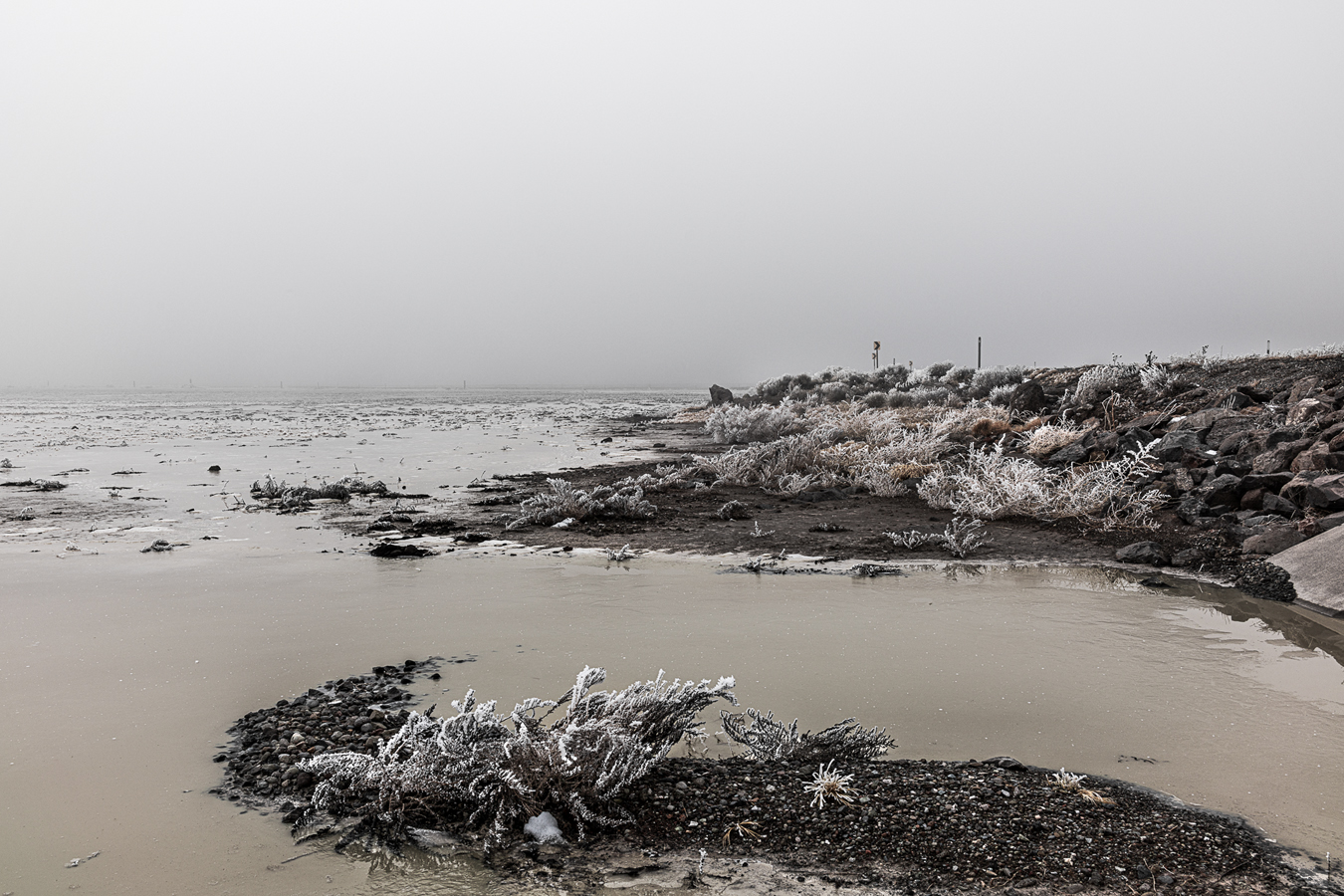
“Winter” is a collection of 81 images that tell the story of the season, taken between October and April, in the Great Basin area of northeastern California and northwestern Nevada, where Haley lives. The book begins with an autumn image of a glen, some water, some trees, and a sky. It’s a pleasant landscape image. But, if you know winter, you look at that sky, and you think it may be warm on the ground, but it’s cold up there. With experience, you begin to recognize a winter sky. Not exactly storm clouds on the horizon, but a sky cold which is the harbinger of what’s to come.
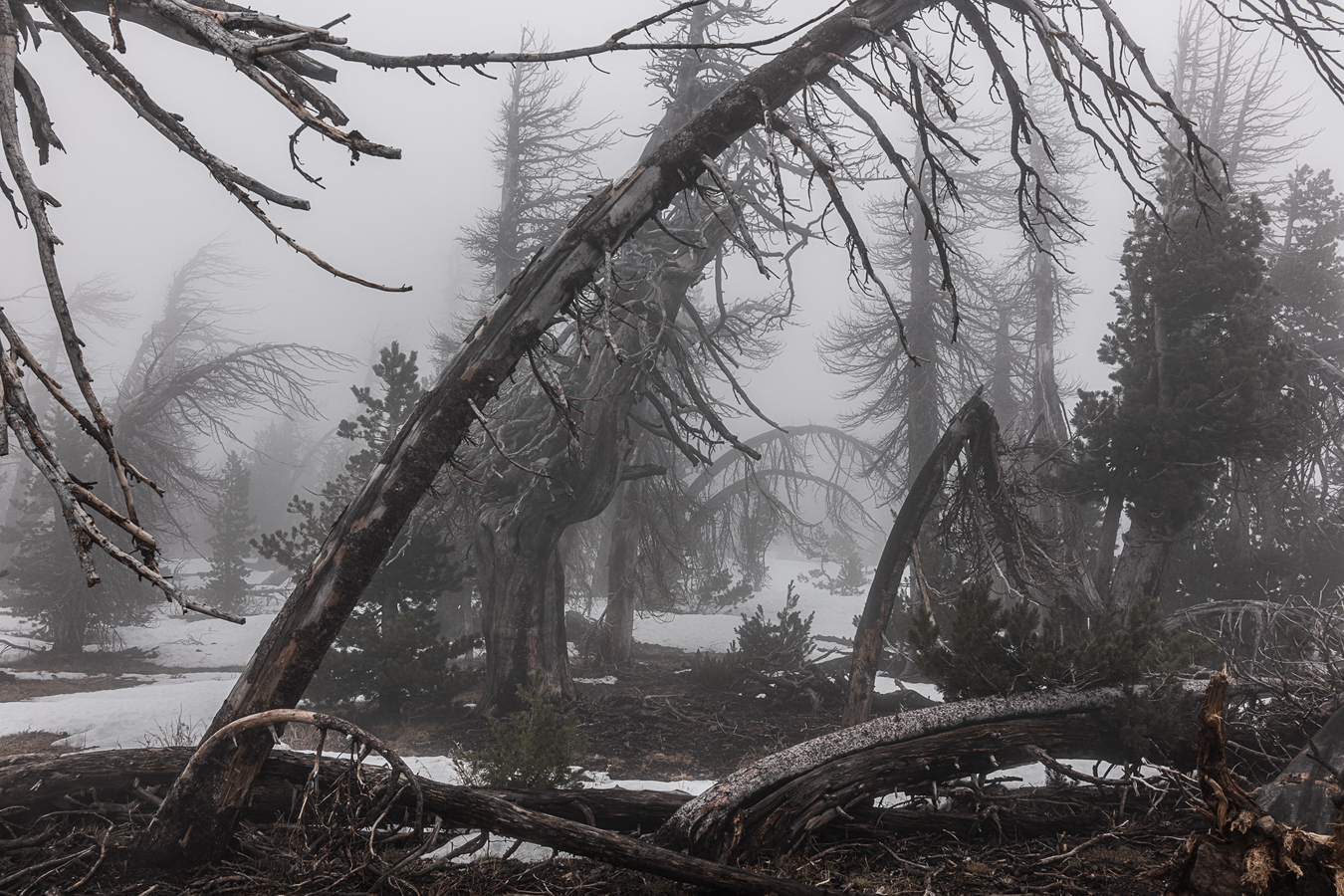
As Haley writes, “In the opening image, it is October along Dismal Creek, and in the golden grasses may be seen the scattered remnants of an early but quickly disappearing now. Before long, this entire area will be buried in white for month after month.”
Knowing this image is the opening of a story, it’s a bit like the overture of the symphony. There is a foreboding or a forewarning in there, which makes the act of turning the pages tremulous.
The second image, a water-filled ditch, a worn farmstead, a little dusting of snow – not enough to cover the ground but enough to fill in tire ruts and hollows in the dirt – has a sky that’s beginning to mist over. Now, the storm is on the horizon. The image is beautiful and hits a note of the mortal.
The next image, a partially frozen small waterfall, shows the seasonal transition progressing. Every next image seems just a little colder than the one before.
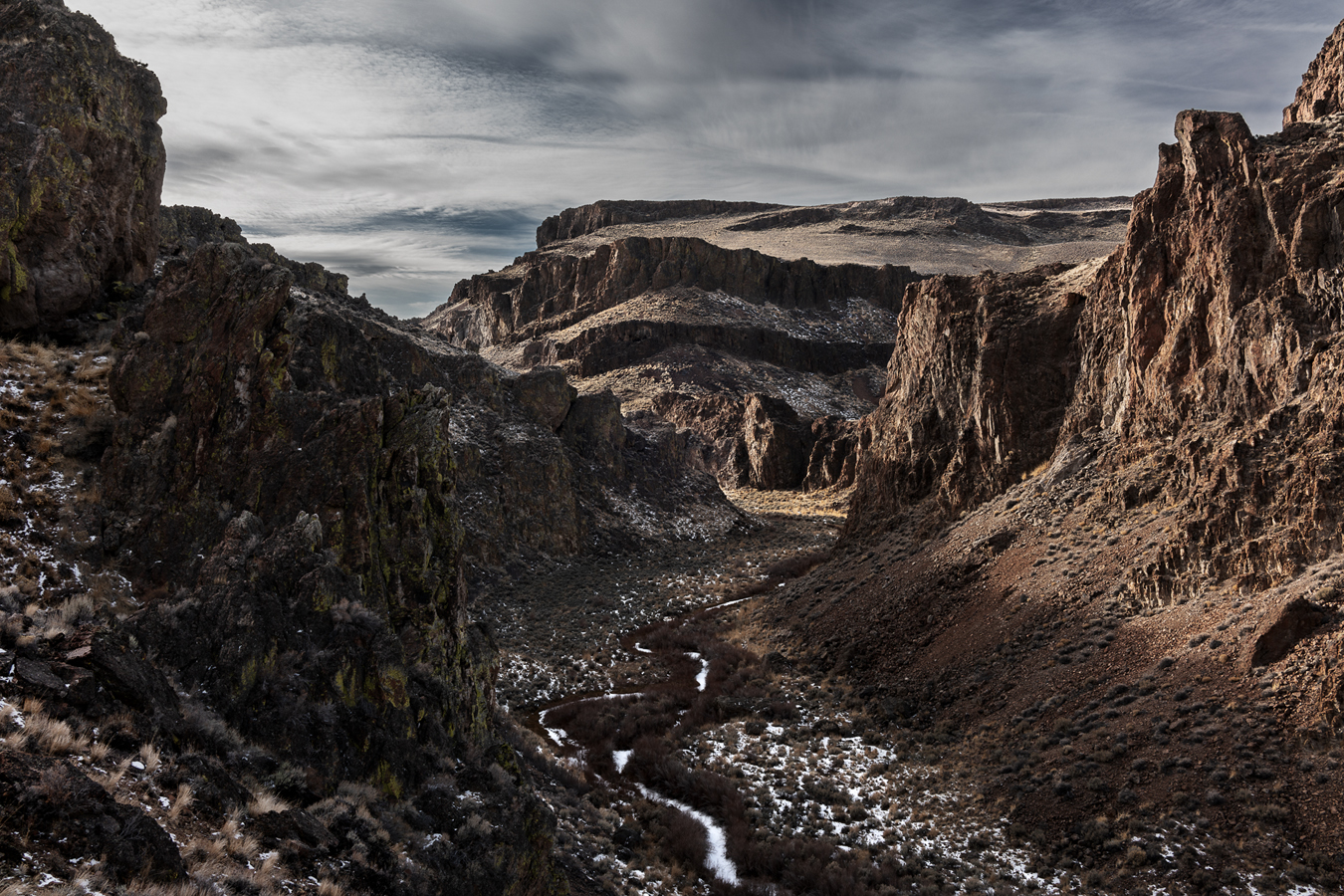
Turning the pages of the book reveals a type of cold that is soul-troubling, the kind of cold that gets through your coats, under your skin, and into your bones. A type of cold that gets into your ideas of who you are. There is an emotional verisimilitude to these images that makes them beautiful.
The transition in this book from fall to winter is a changing world of mist and wet, frozen plants and thin ice. For several pages, the sky becomes completely gray. “Winter” is a quieting season, isolated and lonely. Almost surreptitiously, the frost grows heavier, and the snow grows deeper as you go along.
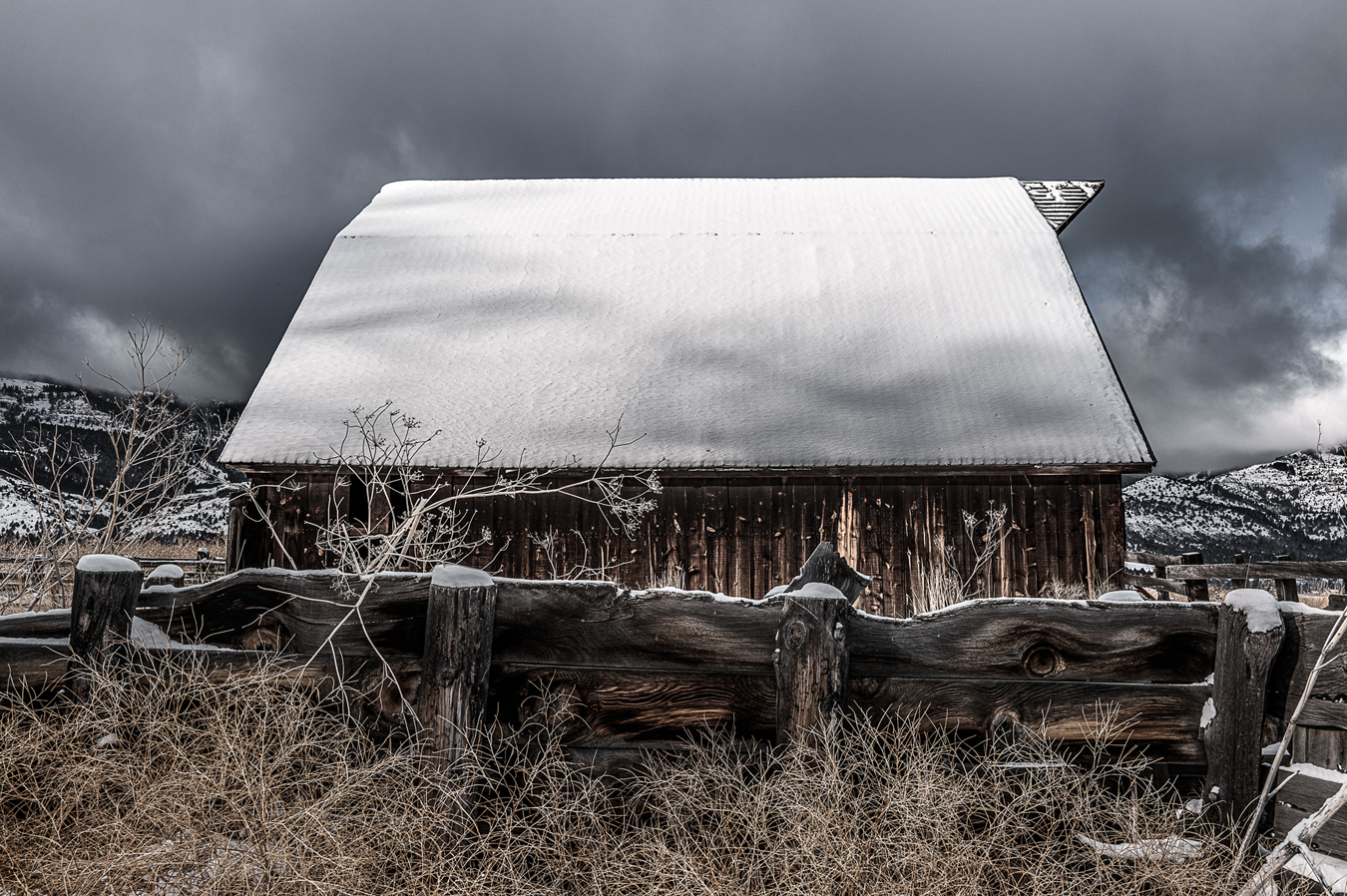
Winter photography is easy to do badly or to achieve a cliché. For example, hoarfrost on a plant or a fence line is certainly not a new idea. But because it’s not a new idea, there’s a special challenge in doing it well, and Haley hits the mark every single time. These are not overly romanticized or calendar versions of light and line in winter. Haley has found the beauty in the everydayness here, which (trust me) is dead-on true.
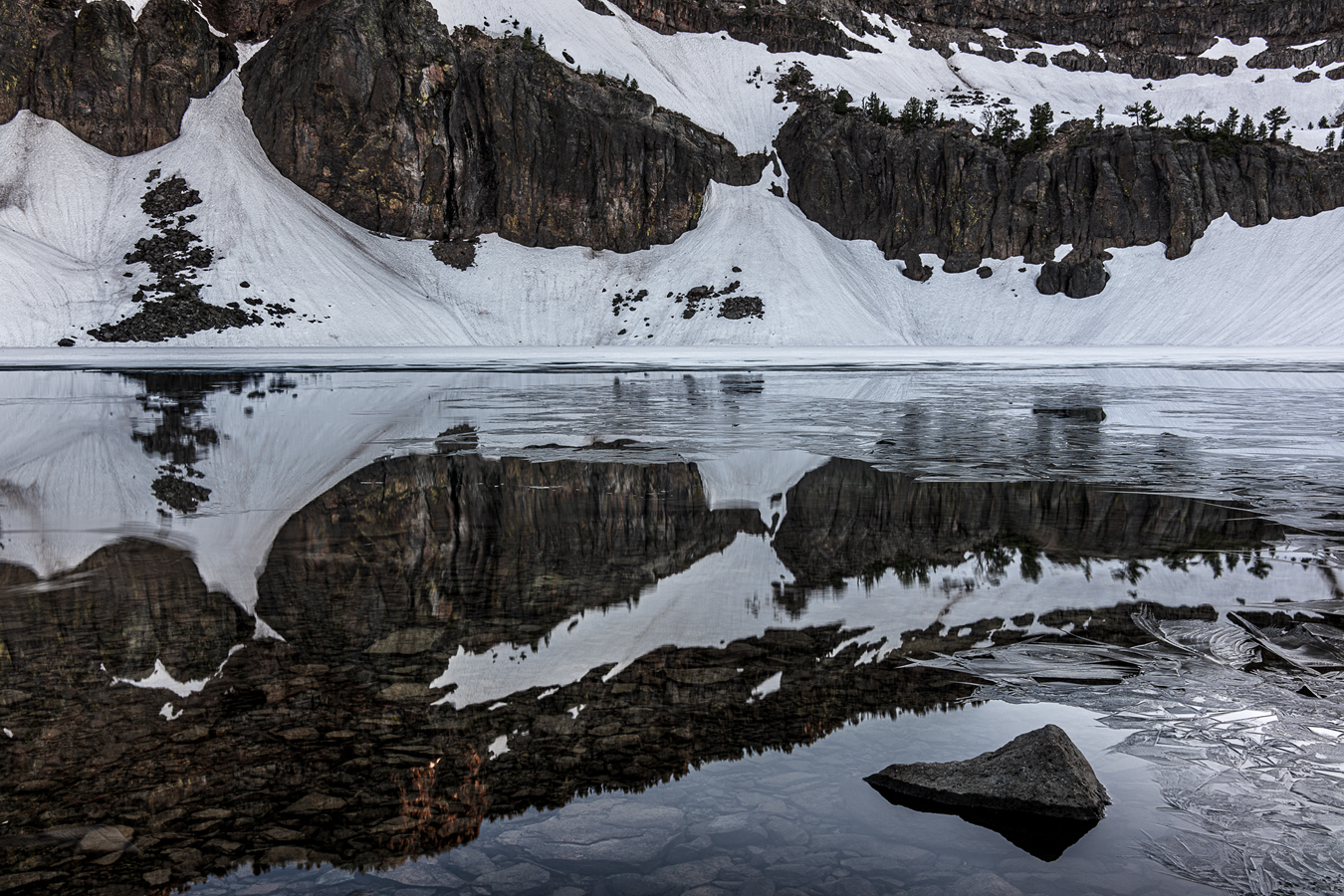
The design of “Winter” is simple and quiet. No text after the start. No captions or backstory. Most of the images in this book are on the right-hand side, but a couple of leap the gutter to form a panorama, and those few occasions are breathtaking.
In the middle of the book, there is a small handful of images with the deep blue sky, frost-covered evergreens, the “winter wonderland” idea. But Haley’s trees are encased in ice that has been blasted by wind. The streaks in the shapes give evidence of the dynamic environment in a winter storm. Yes, there are clear sky days and playful days in winter. But the beauty of Haley’s images is complicated and rich.
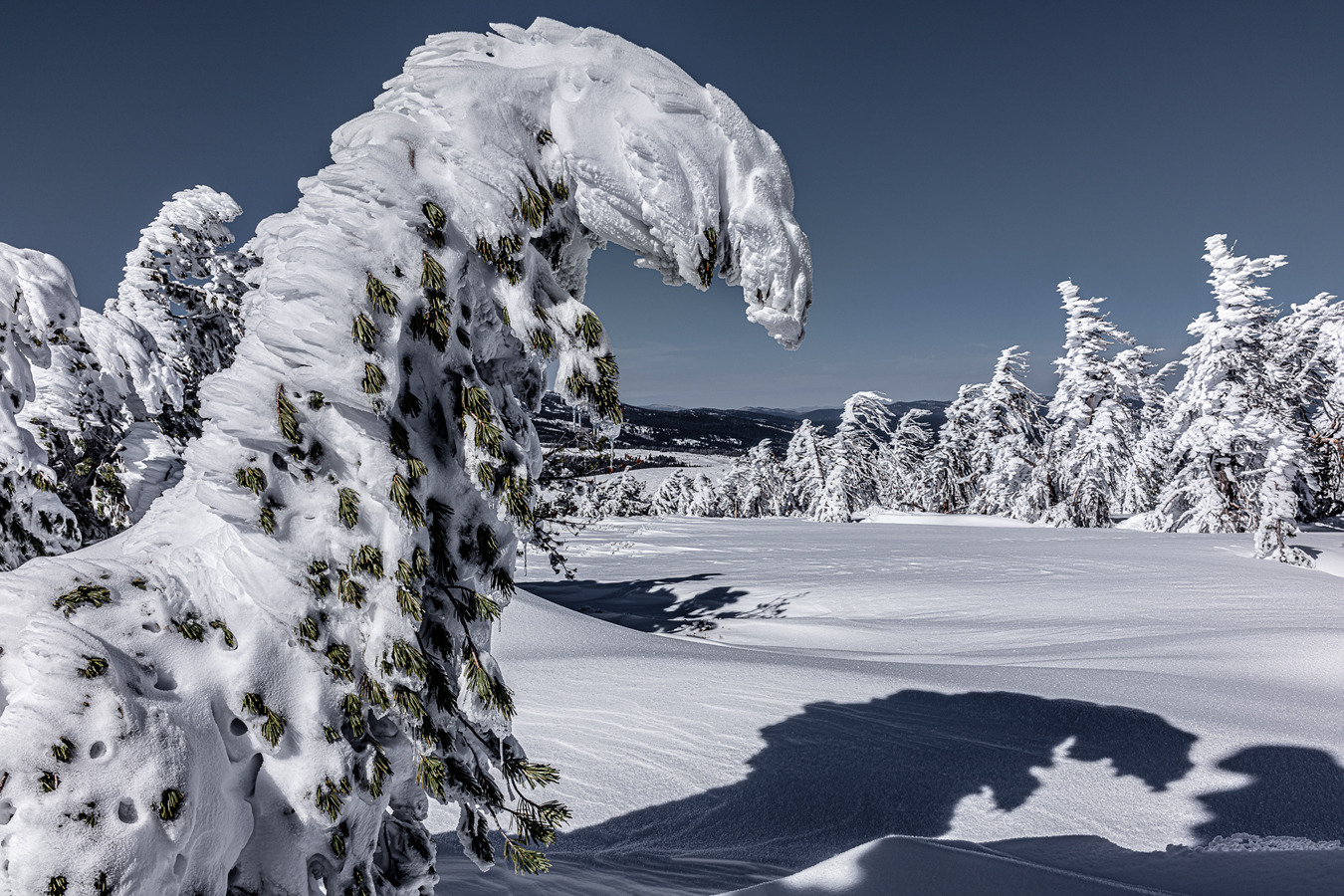
As the book nears its end, warm tones begin to appear – in the sky behind the set of pipes, in the rocks of an again flowing waterfall, in reflected evergreens in a pond no longer covered with ice. Spring is returning. Oddly, though, and wonderfully, the mood of the images is less joy for what’s coming than remorse for what’s being left behind.
Every image in this book is worth consideration as an individual bit of fine art. Every page really is deeply good. But there is a special elegance to this book in its conception as a narrative from autumn through winter in the spring.
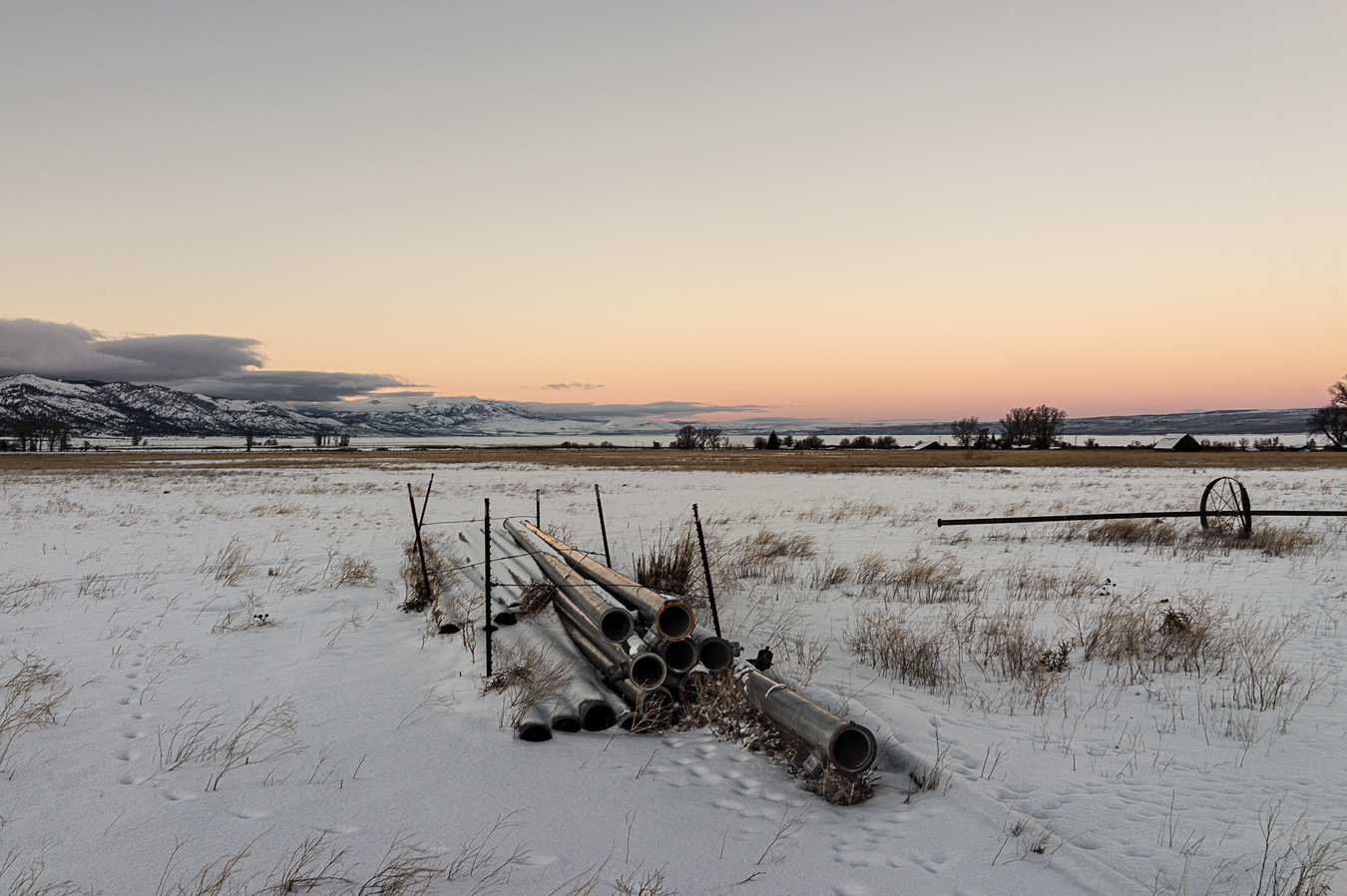
If I had to explain, really explain, the joy of winter, I would start with the subtlety of light. And, clearly, Haley knows this too. There is an honesty and a simplicity to these images and a truth I recognize immediately and value. The way landscape responds to a season gives evidence of something much larger.
I know winter. And I can tell you this book is beautiful and true.
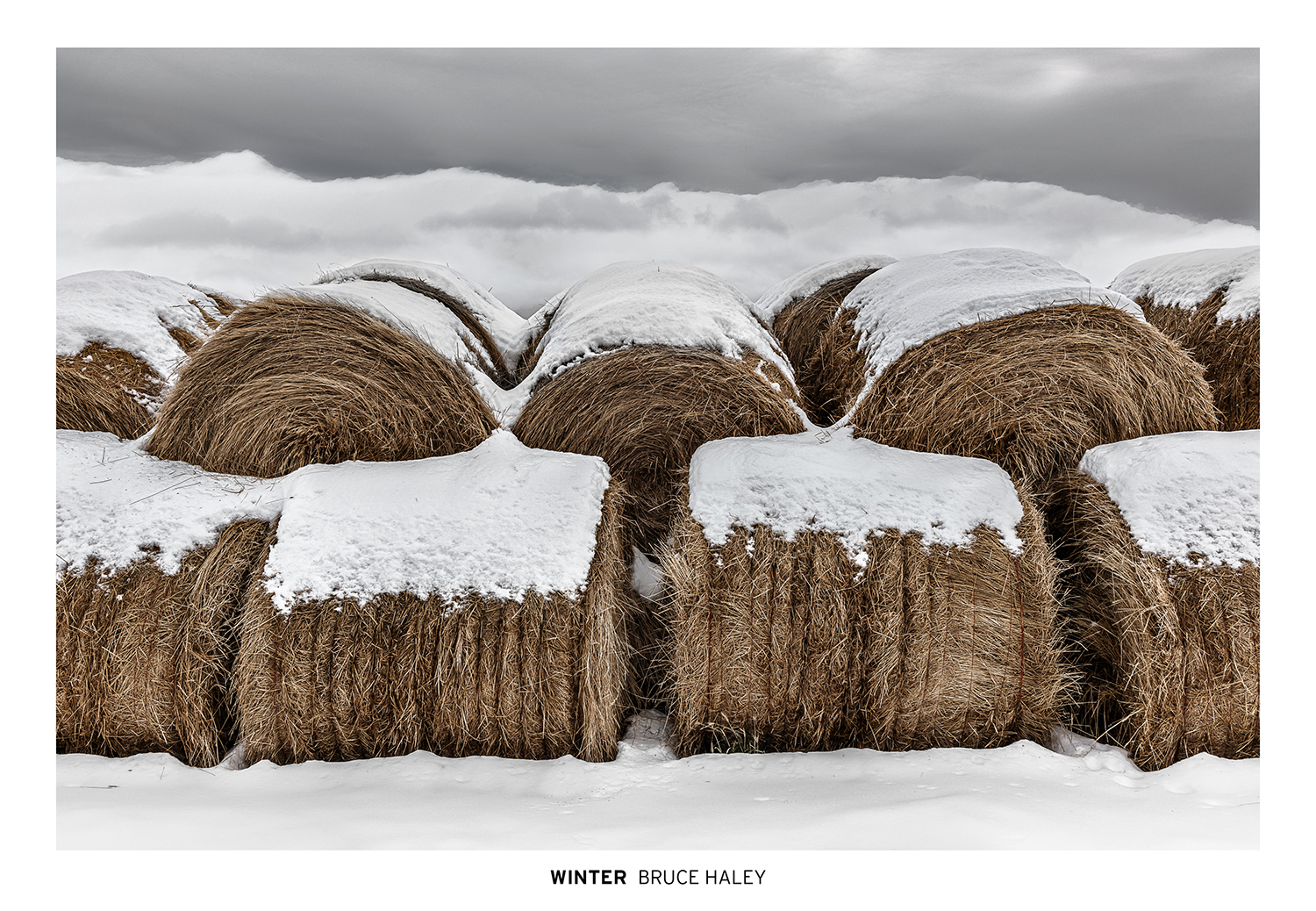
A note from FRAMES: Please let us know if you have a forthcoming or recently published photography book.

